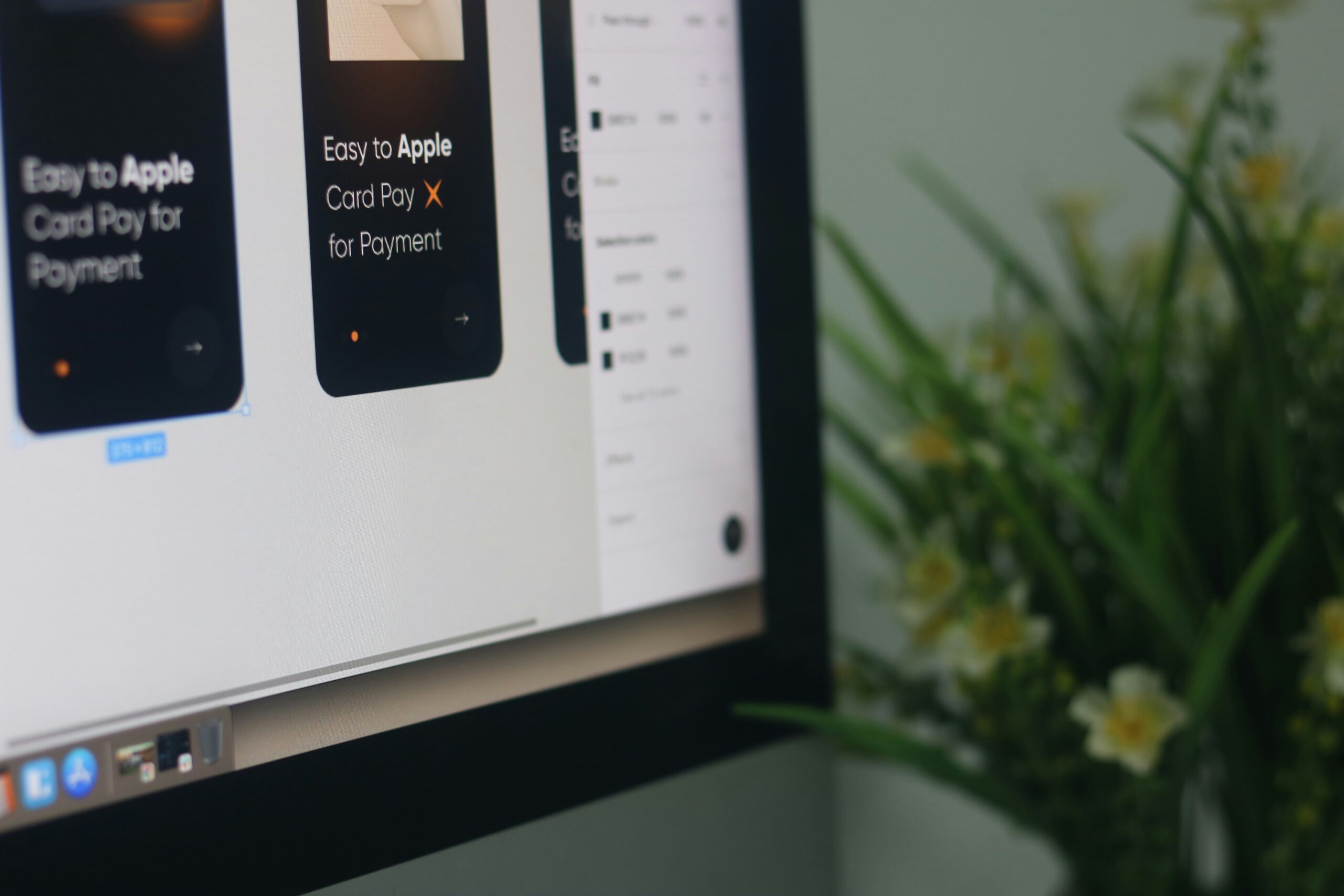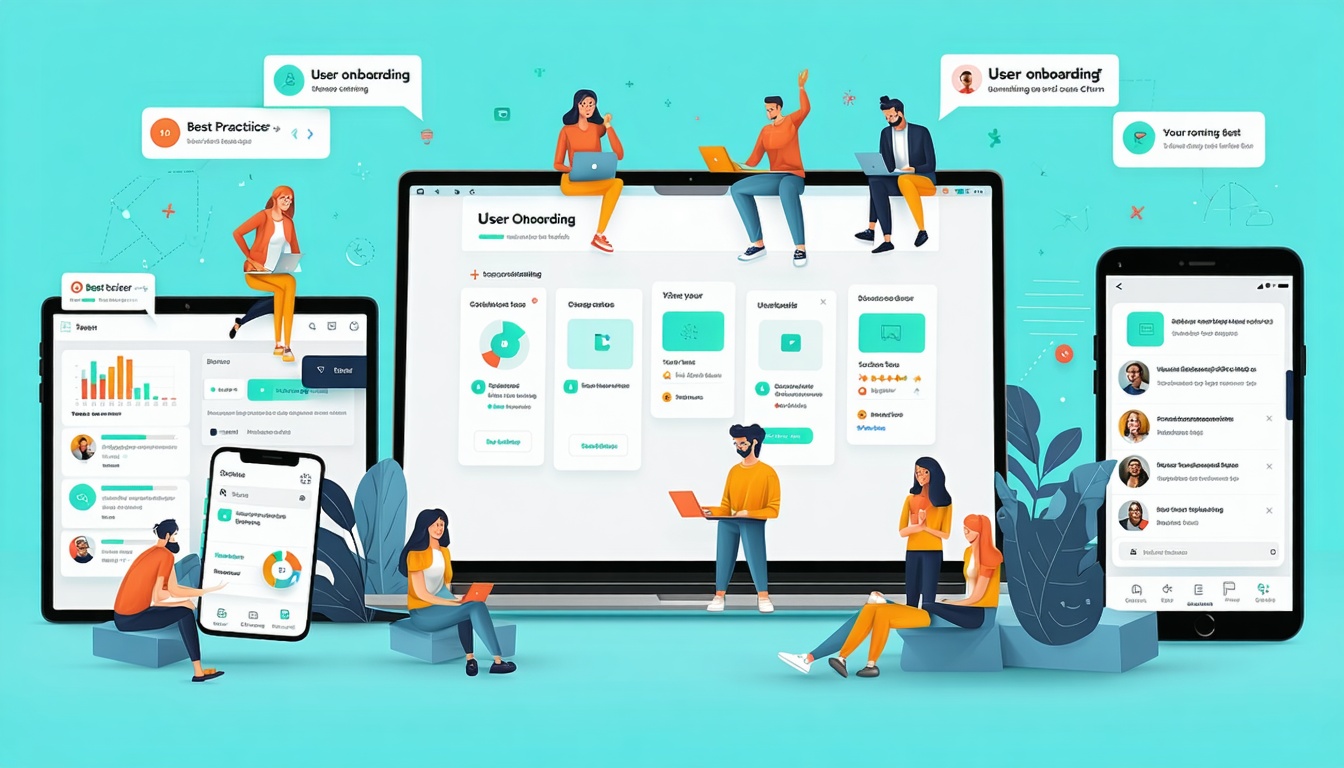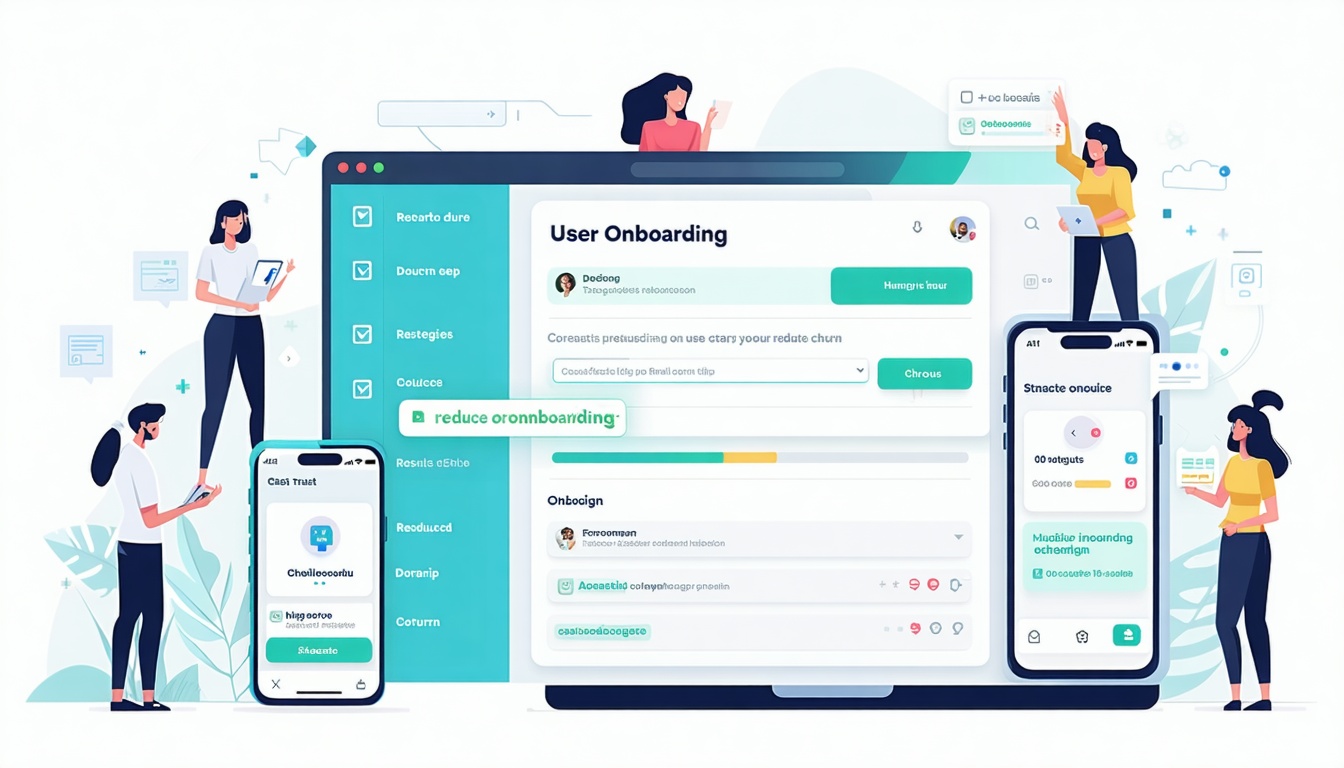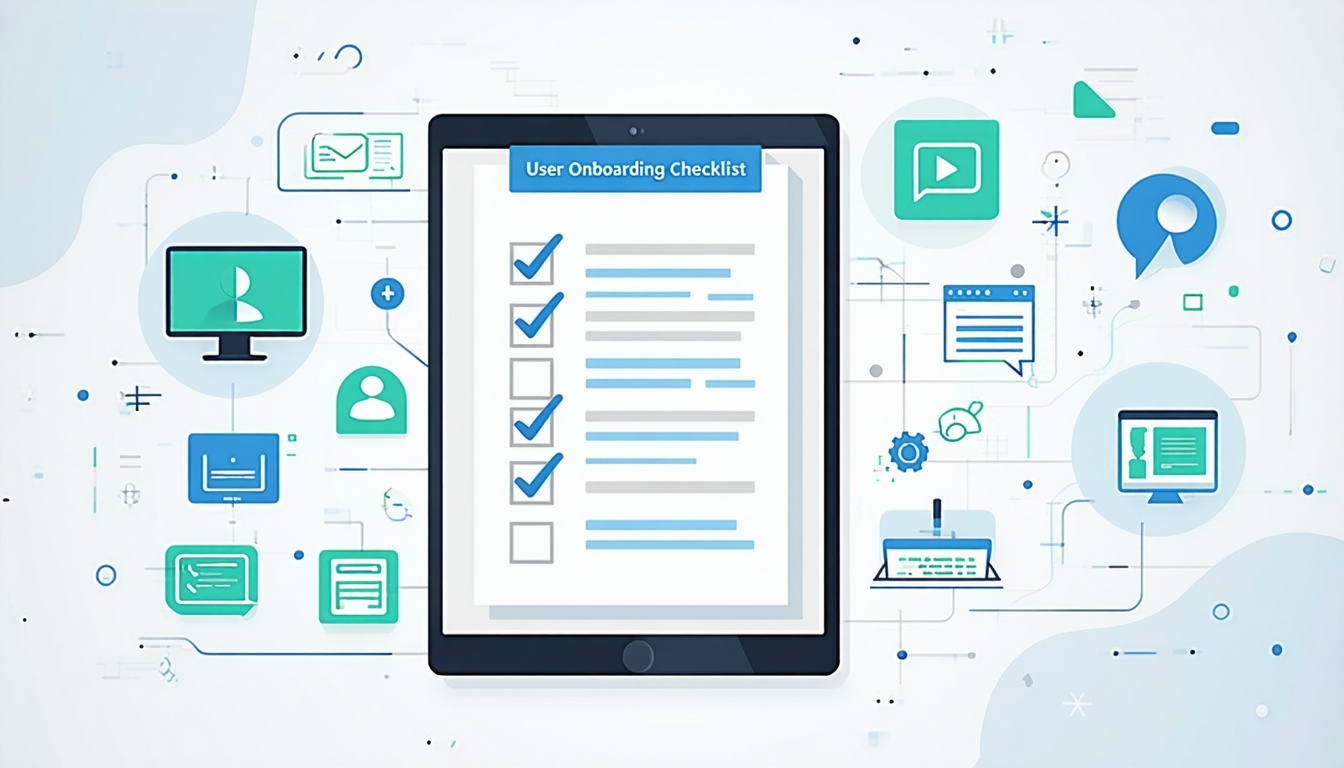The Impact of UI/UX Design
In the realm of user interface and user experience design, the significance of user-centered design cannot be overstated. By placing users at the core of the design process, businesses can create products and services that resonate with their target audience. This approach not only enhances the overall user experience but also leads to higher levels of user satisfaction and engagement.
Importance of User-Centered Design
User-centered design focuses on understanding the needs, preferences, and behaviors of users to tailor design solutions that meet their expectations. By empathizing with users and involving them in the design process, businesses can create intuitive interfaces and seamless experiences that address user pain points effectively. This human-centric approach fosters brand loyalty and drives user retention, ultimately leading to business success.
To delve deeper into the realm of user-centered design, consider exploring our articles on ui ux design examples and ui ux design process.
Role of Wireframes in UI/UX
Wireframes play a pivotal role in the UI/UX design process by serving as the blueprint for the final product. These skeletal outlines provide a visual representation of the layout, structure, and functionality of a digital interface, enabling designers and stakeholders to visualize the user journey and interactions. By defining the basic elements and navigation flow of a design, wireframes help streamline the development process and ensure consistency in the final product.
For further insights into the realm of wireframing and its impact on design outcomes, consider discovering our articles on ui ux design resources and ui ux design guidelines.
What Are Wireframes?
In the realm of UI/UX design, wireframes play a foundational role in the development process, guiding designers and stakeholders through the visualization of a digital interface before moving into the detailed design phase. Understanding the definition and purpose of wireframes, as well as the various types available, is essential for creating successful user-centric designs.
Definition and Purpose of Wireframes
Wireframes are basic, visual representations of a web page or application that outline the structure, layout, and functionality of the interface. They serve as a blueprint, highlighting key elements such as navigation, content placement, and user interactions without focusing on design aesthetics.
The primary purpose of wireframes is to establish a clear and user-friendly layout that aligns with the project’s objectives and user needs. By presenting a simplified version of the interface, wireframes enable designers and stakeholders to quickly iterate on ideas, identify potential usability issues, and ensure seamless navigation flow before investing time in detailed design elements.
Types of Wireframes
There are three main types of wireframes commonly used in the UI/UX design process: low-fidelity, mid-fidelity, and high-fidelity wireframes. Each type serves a specific purpose in the design workflow, offering varying levels of detail and fidelity.
Types of Wireframes:
| Wireframe Type | Description | Use Cases |
|---|---|---|
| Low-Fidelity | Basic sketches or digital representations with minimal detail, focusing on structure and layout. | Initial concept exploration, quick ideation, and feedback sessions. |
| Mid-Fidelity | More detailed than low-fidelity wireframes, including placeholder content and some visual design elements. | Refining layout and functionality, testing user interactions, and gathering feedback on content hierarchy. |
| High-Fidelity | Highly detailed wireframes that closely resemble the final design, incorporating specific content, imagery, and interactive elements. | Communicating design intent, finalizing visual aspects, and aligning stakeholders on the overall look and feel of the interface. |
By leveraging the appropriate type of wireframe based on the project’s stage and requirements, designers can effectively communicate their vision, streamline the design process, and ensure that the final product meets both business goals and user expectations. Understanding the nuances of each wireframe type is essential for creating intuitive and visually appealing digital experiences.
Benefits of Mastering Wireframes
Mastering wireframes in UI/UX design brings several key advantages that contribute to the success of a project. These benefits include improved communication and collaboration, cost and time efficiency, and enhanced user experience.
Improved Communication and Collaboration
Wireframes serve as a visual representation of the proposed design layout and structure. By having a clear blueprint of the interface early in the design process, teams can effectively communicate design ideas and ensure alignment on project objectives. This visual clarity minimizes misunderstandings and promotes collaborative discussions among designers, developers, and stakeholders.
Furthermore, wireframes act as a common language that bridges the gap between different team members, fostering a cohesive work environment. Design decisions can be communicated more efficiently, feedback can be integrated seamlessly, and project progress can be tracked effectively.
Cost and Time Efficiency
One of the significant advantages of wireframing is its ability to streamline the design process, leading to cost and time savings. By mapping out the skeletal framework of the interface through wireframes, designers can identify potential design flaws early on and make necessary adjustments swiftly.
Moreover, wireframes provide a clear roadmap for the design implementation, reducing the likelihood of costly revisions during the later stages of development. This proactive approach helps minimize rework, accelerates the design iteration process, and ultimately speeds up the entire project timeline.
Enhanced User Experience
Wireframes play a crucial role in shaping the user experience of a digital product. By focusing on the layout, navigation, and interaction elements through wireframing, designers can prioritize usability and user satisfaction from the initial design phase.
The visual hierarchy established by wireframes helps designers emphasize key content, calls-to-action, and user pathways, creating an intuitive and engaging user interface. This user-centric approach allows for early user testing and feedback incorporation, ensuring that the final product meets the needs and expectations of the target audience.
Incorporating wireframes into the UI/UX design process not only enhances the quality of the end product but also contributes to a more efficient and collaborative design workflow. By mastering the art of wireframing, designers can elevate the user experience, optimize project timelines, and foster seamless communication and cooperation among project stakeholders.
Best Practices in Wireframing
When it comes to wireframing in UI/UX design, there are several best practices that can significantly impact the effectiveness of the design process. Understanding user needs, simplifying complex designs, and incorporating feedback loops are crucial elements to consider for successful wireframing.
Understanding User Needs
Central to the wireframing process is the in-depth understanding of user needs. By conducting user research, designers can gain valuable insights into user behaviors, preferences, and pain points. This information serves as the foundation for creating wireframes that resonate with the target audience.
User personas and journey maps are useful tools in empathizing with users and tailoring the design to meet their specific requirements. Wireframes developed with a user-centric approach are more likely to result in intuitive and user-friendly interfaces that enhance the overall user experience.
Simplifying Complex Designs
In UI/UX design, simplicity is key. When creating wireframes, it’s essential to simplify complex design elements to ensure clarity and ease of use. By focusing on the core functionality and content structure, designers can eliminate unnecessary clutter and distractions that may hinder user interaction.
Wireframes should convey the layout, hierarchy, and interaction flow of the interface in a clear and concise manner. Use of visual hierarchy, whitespace, and strategic placement of elements can help guide users through the interface with ease. A well-organized and streamlined wireframe is not only visually appealing but also enhances usability and navigation for the end user.
Incorporating Feedback Loops
Feedback is a valuable component of the wireframing process. By incorporating feedback loops at various stages of wireframe development, designers can gather insights from stakeholders, clients, and end users to refine and improve the design. This iterative approach ensures that the final product meets the desired objectives and addresses any concerns raised during the feedback sessions.
Feedback can be collected through usability testing, user interviews, and collaborative design reviews. By soliciting input from diverse perspectives, designers can identify potential issues early on and make informed decisions to enhance the wireframes. Continuous feedback loops help validate design choices, improve usability, and create a more refined end product.
By implementing these best practices in wireframing, UI/UX designers can create user-centric, visually appealing, and functional interfaces that drive user engagement and satisfaction. Understanding user needs, simplifying design complexity, and integrating feedback loops are essential steps towards mastering wireframes for success in UI/UX design.
Tools for Creating Wireframes
In the realm of UI/UX design, utilizing the right tools for creating wireframes is essential to streamline the design process and ensure the successful development of intuitive interfaces. There are various options available, including digital tools, hand sketching techniques, and collaborative software solutions.
Digital Wireframing Tools
Digital wireframing tools have revolutionized the way designers conceptualize and create wireframes. These software applications offer a range of features that simplify the wireframing process, allowing designers to efficiently translate ideas into visual representations. Some popular digital wireframing tools include:
| Tool | Description |
|---|---|
| Adobe XD | Features a user-friendly interface and seamless integration with other Adobe Creative Cloud apps. |
| Sketch | Known for its vector-based workflow and extensive library of plugins for enhanced functionality. |
| Figma | Enables real-time collaboration and interactive prototyping, making it ideal for remote teams. |
| Wireframe.cc | Offers a simple and straightforward interface for quick wireframe creation. |
Choosing the right digital wireframing tool depends on factors such as design preferences, team collaboration needs, and budget considerations. These tools empower designers to create wireframes with precision and ease, facilitating a smooth transition from concept to final design iteration.
Hand Sketching Techniques
While digital tools offer advanced features, hand sketching remains a valuable technique in the initial stages of wireframing. Sketching by hand allows designers to quickly visualize concepts, explore layout ideas, and iterate on designs without the constraints of digital interfaces. This tactile approach fosters creativity and enables designers to quickly capture and communicate design concepts.
Hand sketching is a versatile and convenient method, especially in brainstorming sessions or when rapid prototyping is required. By combining hand-drawn sketches with digital wireframes, designers can leverage the strengths of both approaches to develop comprehensive and user-centric design solutions.
Collaborative Software Solutions
Collaboration is a cornerstone of successful UI/UX design projects, and collaborative software solutions play a vital role in facilitating team communication and workflow efficiency. These tools enable designers, developers, and stakeholders to collaborate seamlessly, share feedback in real-time, and ensure alignment throughout the design process.
Popular collaborative software solutions for wireframing include platforms like InVision, Miro, and Microsoft Teams. These tools offer features such as commenting, version control, and interactive prototyping, making them essential for fostering collaboration and driving design excellence.
By integrating digital wireframing tools, hand sketching techniques, and collaborative software solutions into the design workflow, UI/UX professionals can elevate their wireframing process and lay a solid foundation for creating exceptional user experiences. The right combination of tools empowers designers to innovate, iterate, and deliver impactful design solutions that resonate with users and stakeholders alike.
Implementing Wireframes for Success
When it comes to achieving success in UI/UX design, the effective implementation of wireframes plays a crucial role. Integrating wireframes into the design process, testing and iterating on them, and fostering collaboration between designers and stakeholders are essential steps in creating user-friendly digital experiences.
Integrating Wireframes Into Design Process
Integrating wireframes into the design process is a foundational step in creating a seamless user experience. Wireframes act as a blueprint for the final product, outlining the layout and functionality of the interface. By incorporating wireframes early on in the design process, designers can establish a clear direction for the project and ensure that all team members are aligned on the design vision.
A well-defined workflow that includes wireframing can streamline the development process and minimize the risk of costly revisions later on. By outlining the structure and flow of the user interface through wireframes, designers can identify potential issues and make necessary adjustments before moving on to the next stages of design and development.
Testing and Iterating on Wireframes
Testing and iterating on wireframes are critical components of the design process that help in refining the user experience. Conducting usability tests on wireframes allows designers to gather feedback from real users and identify areas for improvement. By observing how users interact with the wireframes, designers can pinpoint usability issues, navigation challenges, and content gaps that may impact the overall user experience.
Iterating on wireframes involves making iterative changes based on user feedback and design requirements. By incorporating user insights and adjusting the wireframes accordingly, designers can refine the layout, interactions, and content to better align with user expectations. This iterative process ensures that the final product meets user needs and delivers a seamless digital experience.
Collaboration Between Designers and Stakeholders
Collaboration between designers and stakeholders is essential for the successful implementation of wireframes. Clear communication and alignment on project objectives are key to ensuring that wireframes effectively capture the desired user experience. By involving stakeholders in the wireframing process, designers can gather valuable input, validate design decisions, and address any concerns early on.
Regular feedback sessions and design reviews with stakeholders can help in refining the wireframes and ensuring that the final product meets business goals and user needs. By fostering a collaborative environment where ideas are shared and feedback is welcomed, designers can create wireframes that resonate with both the target audience and the project stakeholders.
Through the seamless integration of wireframes into the design process, thorough testing and iteration, and fostering collaboration between designers and stakeholders, businesses can elevate their UI/UX design efforts and deliver user-centric digital solutions that drive success. Embracing wireframes as a fundamental tool in the design toolkit can lead to more efficient workflows, improved user experiences, and ultimately, greater business impact.
Looking to build something powerful for your business? At Kara Digital, we specialise in crafting high-performance solutions that drive real results. Whether you’re launching a cutting-edge mobile app or need a sleek, responsive website, our expert team is here to bring your ideas to life.










